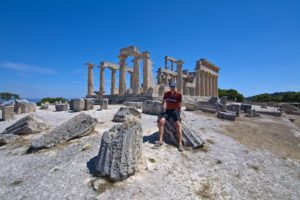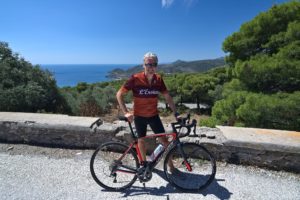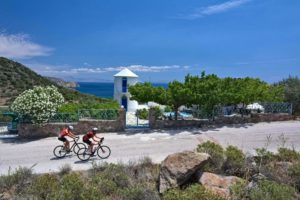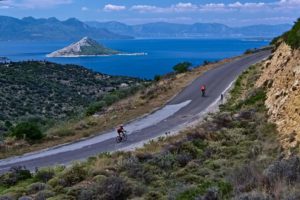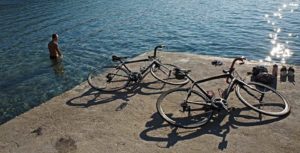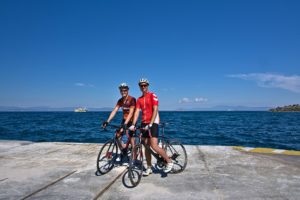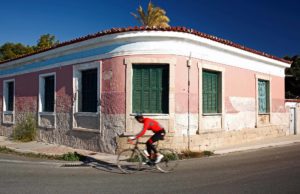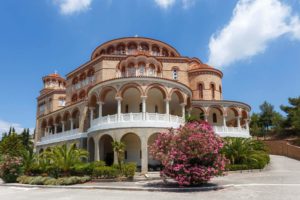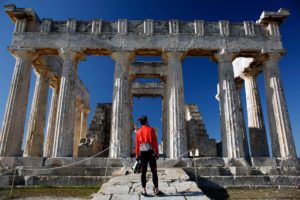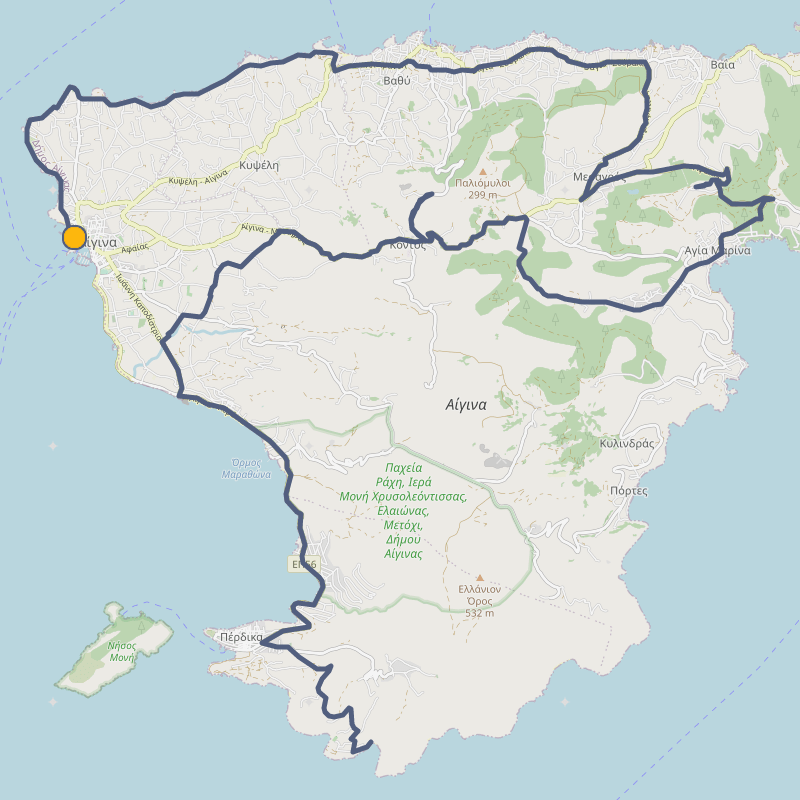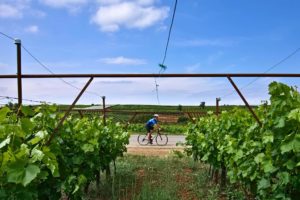Description
Aegina: Cycling gets just marvelous
A short sail away from the city of Athens, unravels an extraordinary landscape. An exquisite mixture of the sea, the sun and land. Riding in Aegina means traversing beautiful seaside villages, pistachio plantations, ancient volcanic areas, historical ruins and unique resorts.
The cycling route
The island hosts one stunning, circle route, which, for its biggest part, gets the rider around it. One extremely positive aspect of that is the the constant sea view. The route begins by following the coastal road heading north. Soon, and after the small town of Souvala, the road takes the rider away from the sea level and progressively raises him up to an altitude of approximately 170m. There, the imposing Temple of Aphaia offers some of best panoramic views found on the Island. On a clear day someone can see the city of Athens and the nearby islands. During our visits there, we stood in awe and amazement thinking that this is exactly the same view the ancient Greeks had while worshiping their Gods. The scenery definitely got us and we have no hesitation to admit, that we were feeling like God with all this beauty around us.
Leaving the temple, the rider can choose to descent again to the sea level, towards a small town called Agia Marina (we recommend a coffee stop), which will mean climbing back up a smooth hilly road to reach the temple’s altitude (that version of the route is displayed below). Alternatively, the rider can skip that part (lowering the total elevation gain) and proceed towards the Aegina’s mainland. There, we recommend paying a visit to an important complex of Medieval Churches, preserved still in their original condition. That was the place where the habitants during the medieval times were staying, possibly due to the frequent pirate invitations. From there, a nice, long descent gets the rider to the sea level. A small detour from the main road, results traversing through pistachio plantations and traditional prestigious houses.
Once the sea side is reached, we recommend cyclists to get an extra mile, and pedal the distance to Klima beach out. During a warm spring / summer day, a post ride swim in those dazzling blue waters, with ultimate beach privacy, is all someone can ask for. Enjoy!
About Aegina Island
Aegina is the second largest island of the Saronic archipelago, the cluster of islands just off the Greek mainland. Aegina’s position, almost exactly between Attica and Peloponnese, soon made it a site of considerable economic and strategic importance. Initially a colony of Epidaurus, the island was successively under the rule of several major ancient Greek city-states. During the Archaic period (800-500 BC) Aegina emerged as a sovereign and significant naval power. Its progress increased during the classical era and gave rise to a growing rivalry with neighboring Athens.
The decline of the Hellenic world is reflected in Aegina’s history, and the island itself fell under the successive rule of the Romans, the Byzantines, the Venetians and finally the Ottoman Empire. Aegina played an important part during the Greek war for independence, serving as a command center of the revolutionaries and the first capital of the newly declared modern Greek state between 1828-1829.
The island’s proximity to Athens, a reason for political and military conflict in the past, was the primary drive for the island’s growth in the 20th century. The relaxed island lifestyle and fascinating landscape attracted many intellectuals who perceived Aegina as a suitable place for solitude and contemplation. Some of the most renowned contemporary Greek writers, artists, and politicians lived and worked intermittently on the island. Amongst them Nikos Kazantzakis, a towering figure in Greek literature who created a very special bond with the island, in which he created a substantial part of his work.
Gradually Aegina developed a vibrant touristic economy and today, its wonderful beaches and many historical landmarks are a popular destination, especially during hot summer weekends.

